This is an old recipe for a disaster from 1990′s.
This converts NEMA mains connector to 1/4″ plug. Offers a nice set of possibilities for unexpected show disasters like electrocution or over kilowatt of constant 60 Hz bass line without an amplifier.
It seems that some company really tried yo push this potentially extremely dangerous product to market – and fortunately failed in it. You can read more about it at https://controlgeek.net/blog/2008/5/29/j-con-an-oldie-but-goodie.html where those pictures are from.
The danger of this product is that an user could very easily by mistake use this to connect speakers and exposed connector to mains power with disasterous results.
This has also fueled some later joke pictures like this.

WARNING: Connecting audio cable to mains power is dangerous and should not be done in real life. This kind of cables can be lethal if connected to mains power and someone touches them.
One somewhat related to note is that Banana Plugs are Banned in Europe for speaker connections. They are not legal for use in europe because they can be plugged into a wall outlet!! European electric wall plugs are round, and the same size of a standard banana plug. HiFi amplifiers and speakers that have binding post typically has cap on top of the binding post to prevent banana plug use.
Did you know that figure 8 power cable plug (IEC 60320 type C plug also known as IEC C7) fits in xlr connector? Even the pin size is exactly right to get good connection for feeding mains voltage between pins 1 and 2. Which is a really bad idea an potentially very dangerous.
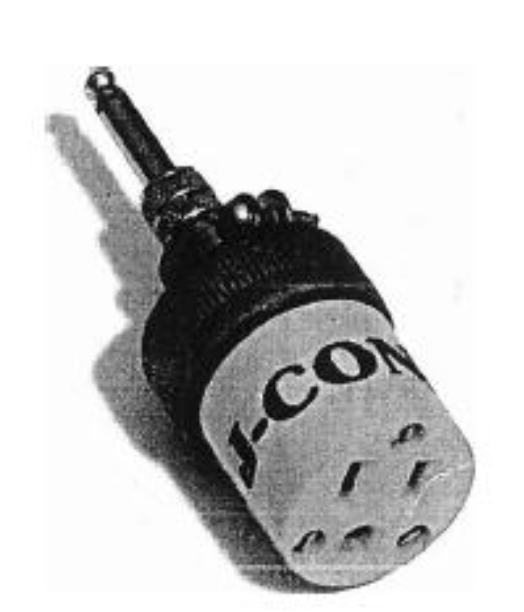
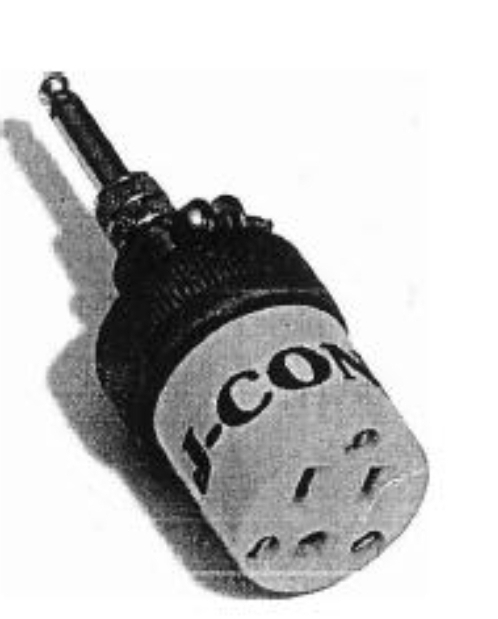
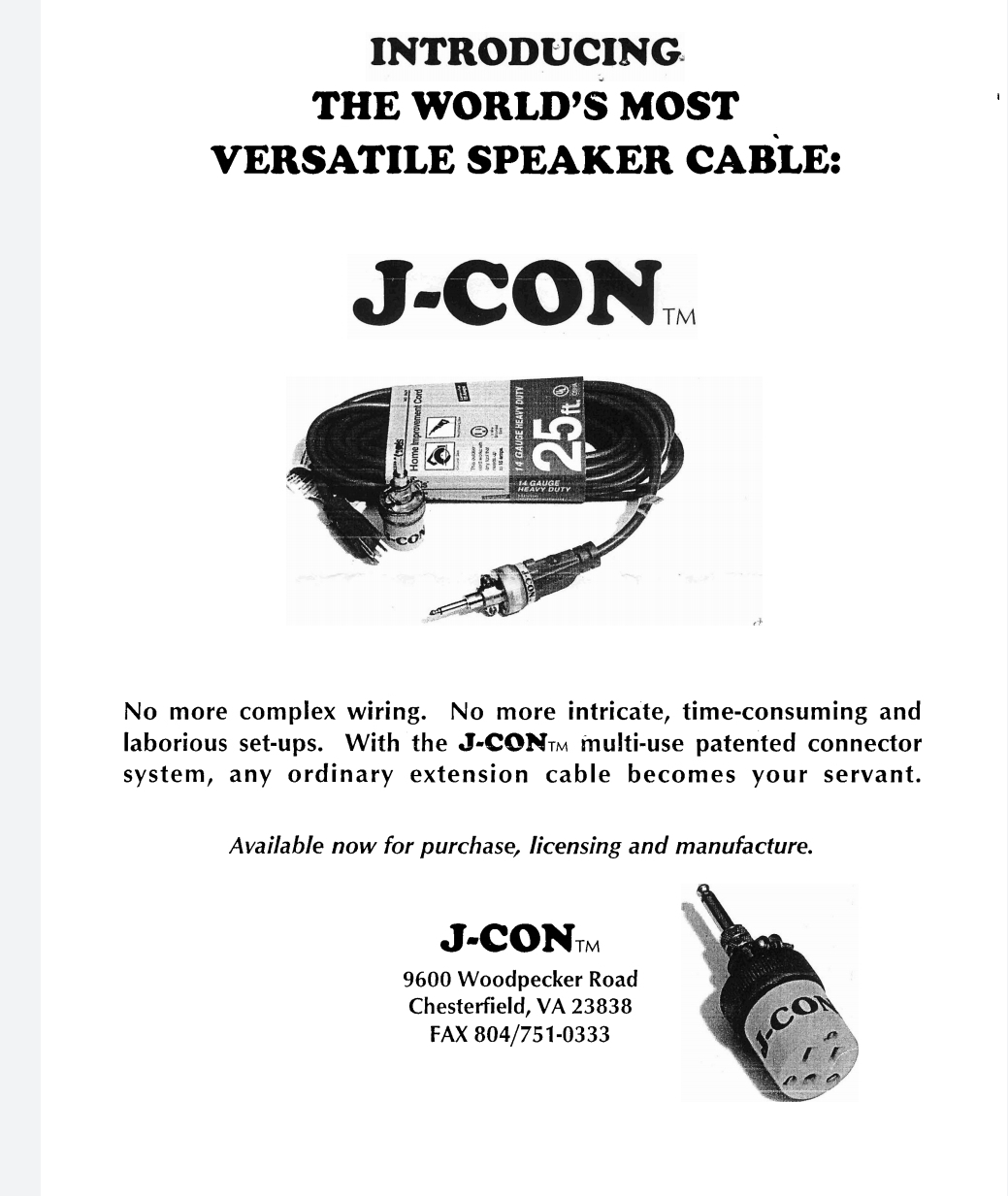
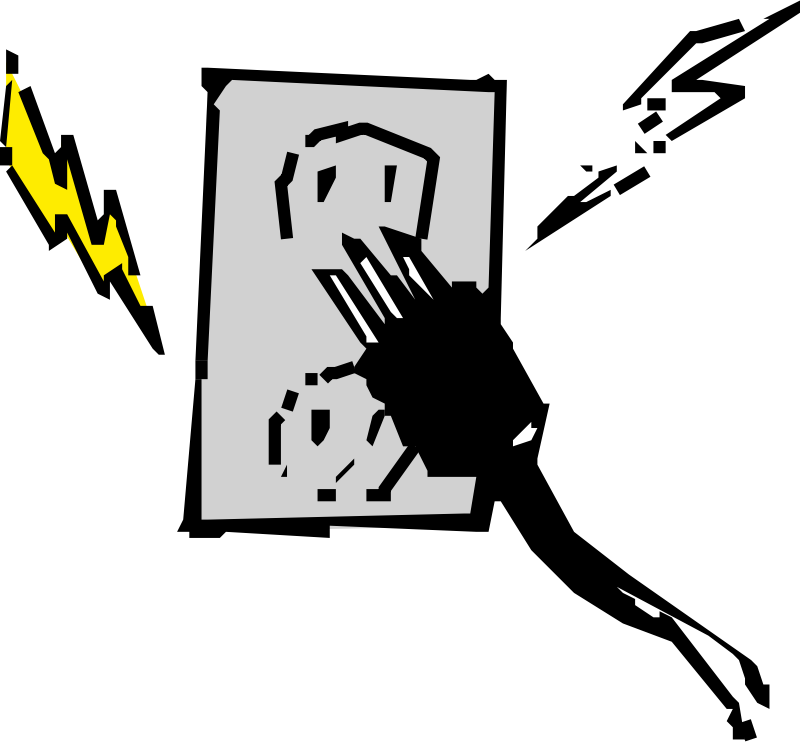
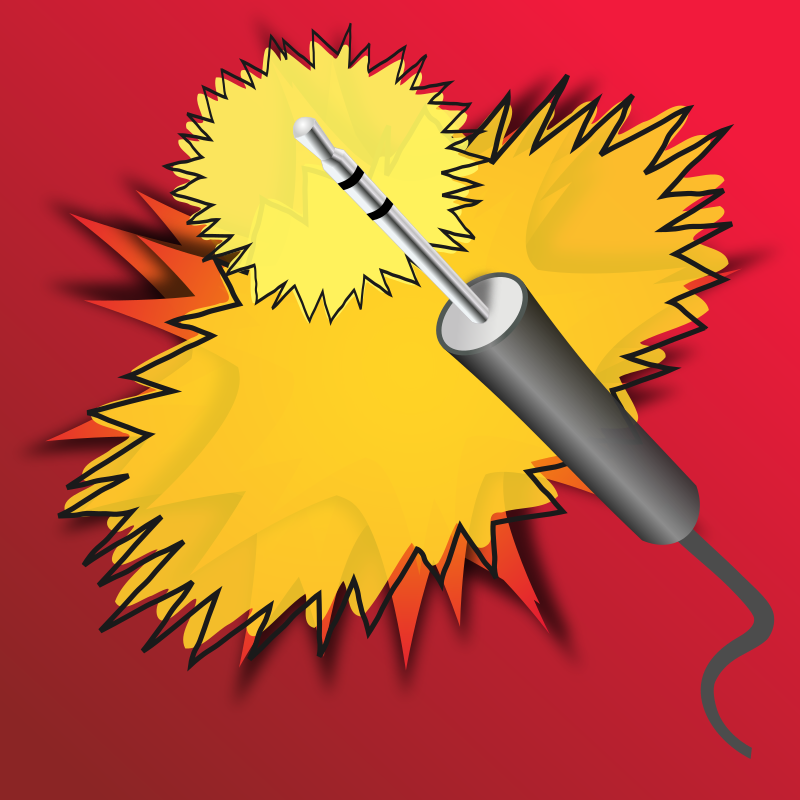
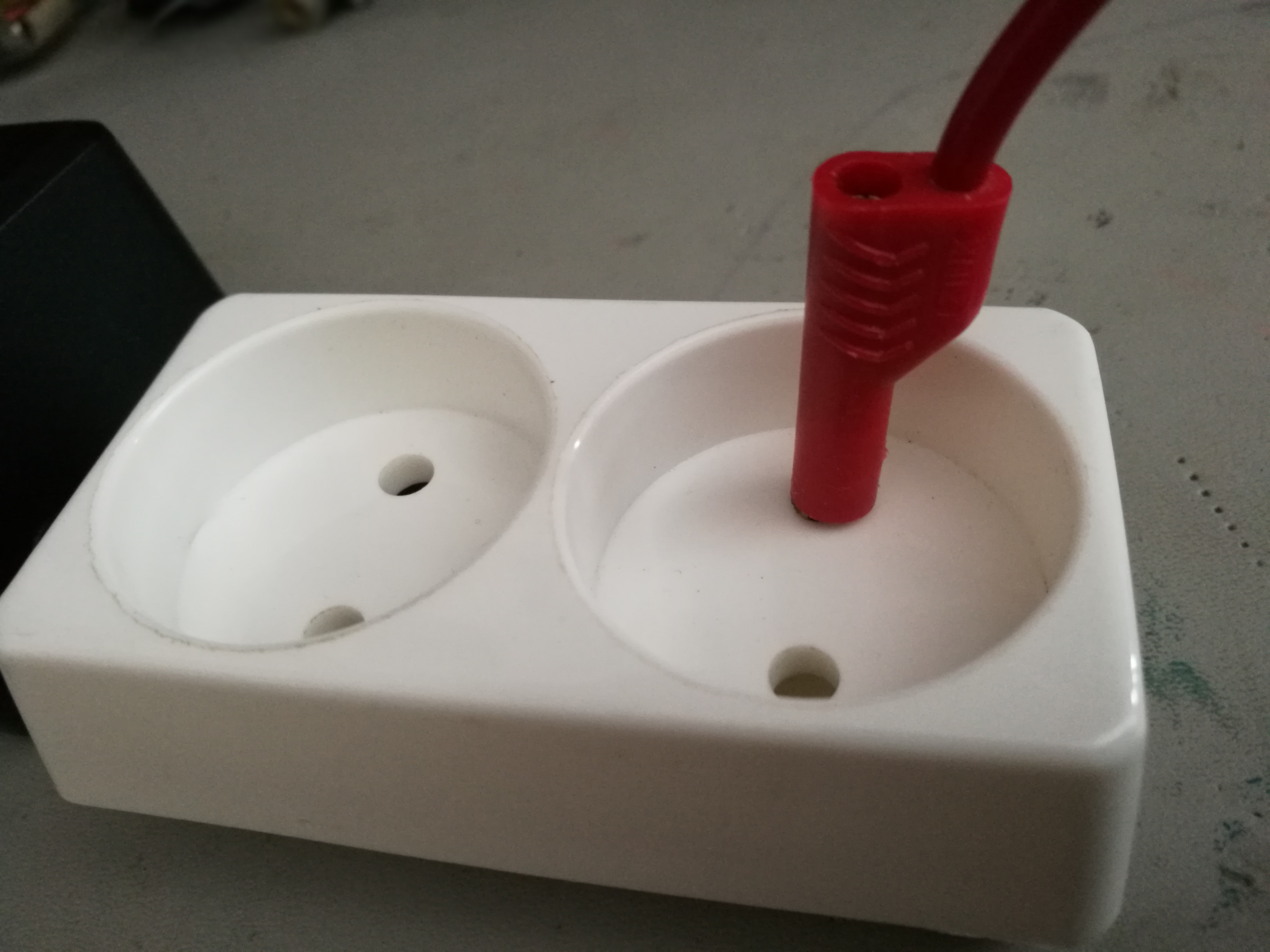
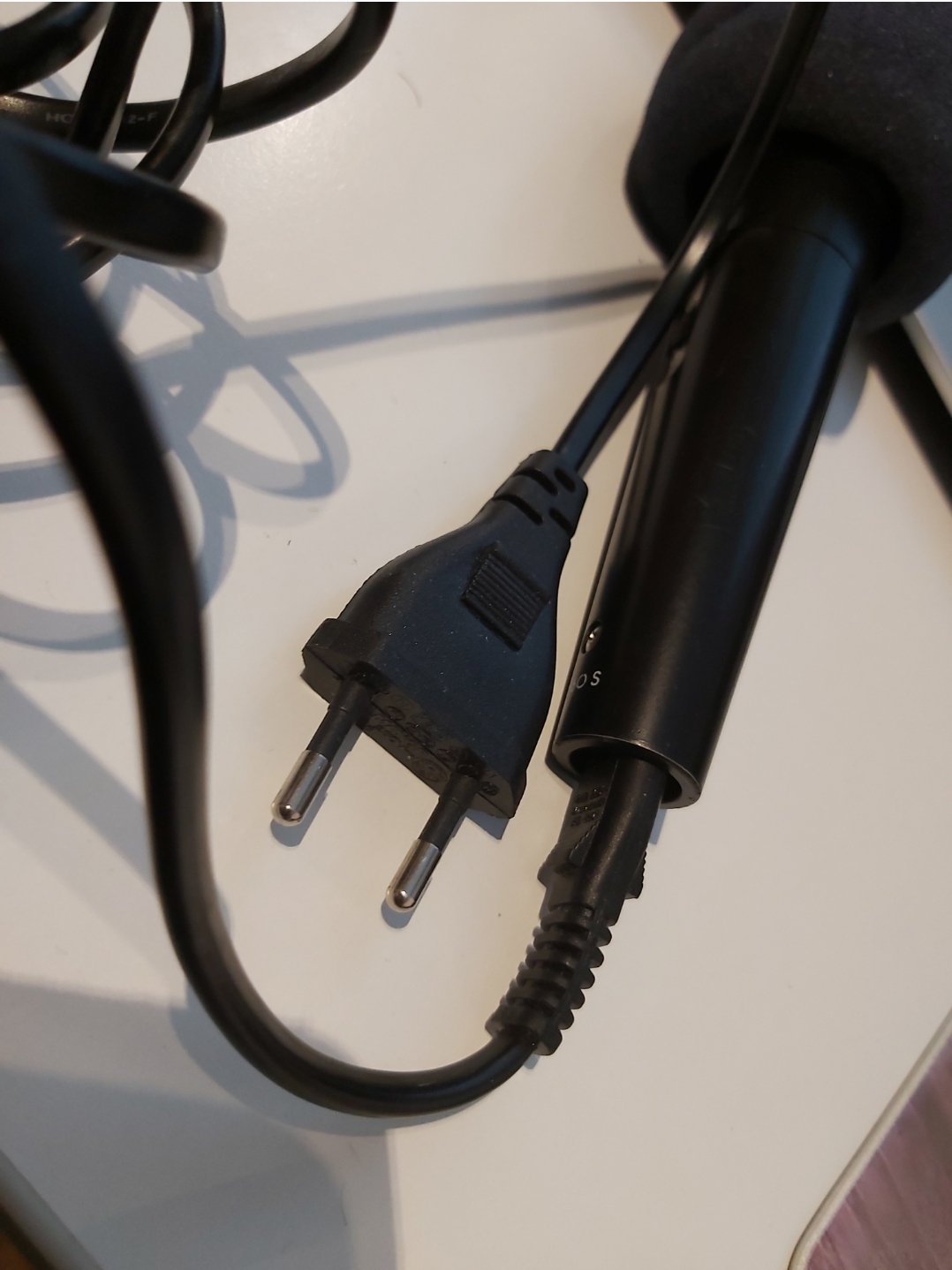
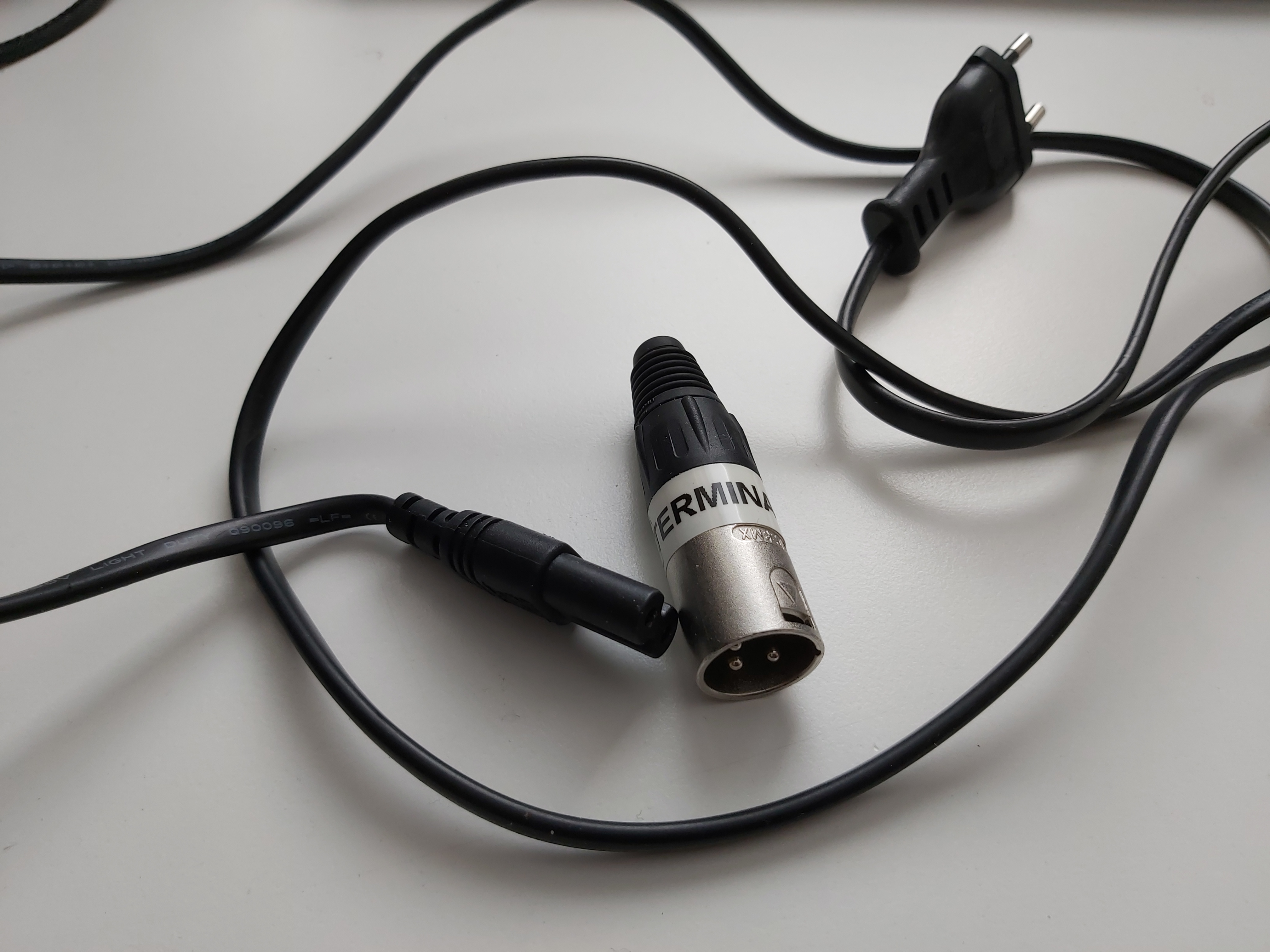
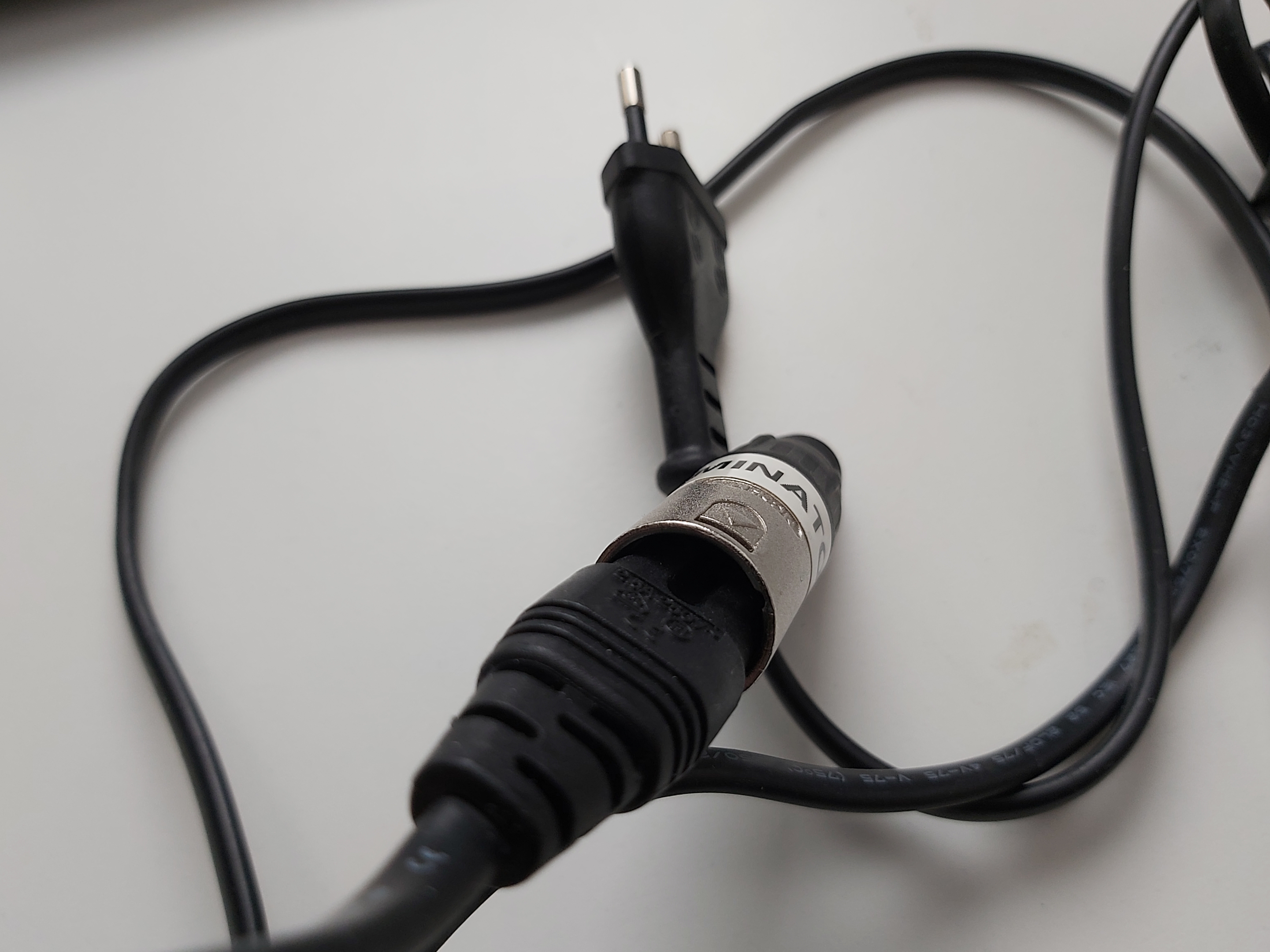
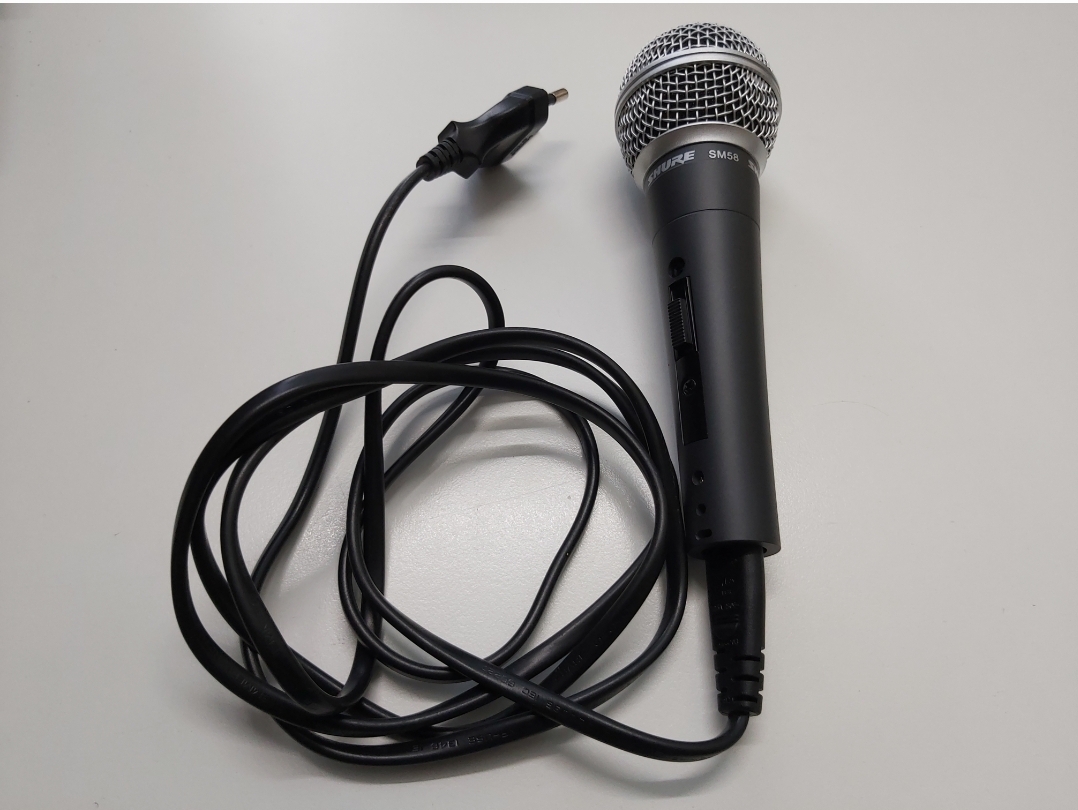
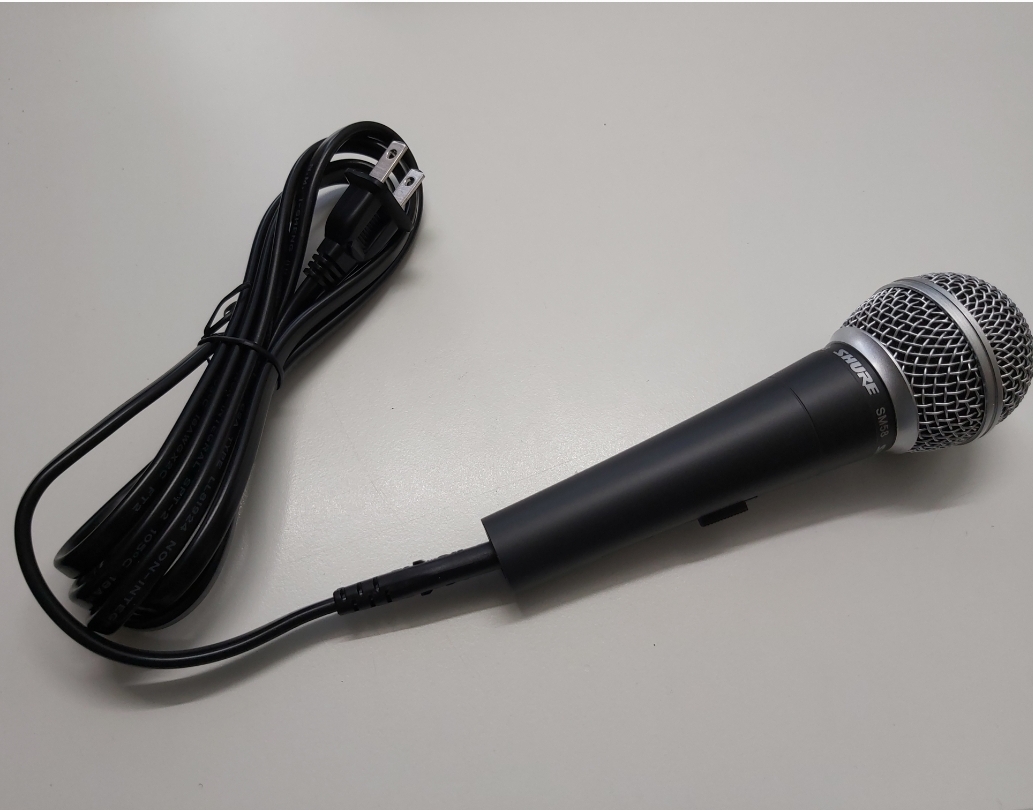
19 Comments
Tomi Engdahl says:
Fiftythree.org presents: The Etherkiller and Friends
http://www.fiftythree.org/etherkiller/
Tomi Engdahl says:
What would happen if you provided AC power to a speaker?
https://www.quora.com/What-would-happen-if-you-provided-AC-power-to-a-speaker
Remember that audio is AC. By definition you can provide AC to a speaker. It’s just a matter of the voltage level. Of course 120V or 240V will instantly burn out an 8 ohm speaker, releasing the magic smoke. It doesn’t matter if that is 50Hz or 60Hz power line frequency, or audio from a rock band’s 1000W amplifier. If the voltage is too high, it will blow the speaker.
On the other hand, if you connect the speaker to a 6V AC transformer output, and the speaker has a low enough frequency response, you will hear a beautiful 50 or 60Hz pure tone.
Tomi Engdahl says:
An HDMI to garden hose adapter. Useful for getting a good stream on any TV or downloading your pool.
https://9gag.com/gag/aZMNeAV
Tomi Engdahl says:
https://www.reddit.com/r/pics/comments/21b3ob/walking_through_my_local_electronic_store_i_found/
Tomi Engdahl says:
Related post by Behringer
https://www.facebook.com/105517788913/posts/10159498557618914/
Tomi Engdahl says:
https://www.canford.co.uk/Products/42-169_AC-MAINS-POWER-CORDSET-XLR-LNE-female-UK-13A-2.5-metres-black
Tomi Engdahl says:
https://en.wikipedia.org/wiki/IEC_60320#C19/C20_coupler
Tomi Engdahl says:
Adapter Drehstrom auf Gardena
https://etel-tuning.eu/produkt/adapter-drehstrom-auf-gardena/
Tomi Engdahl says:
https://www.facebook.com/105030045390581/posts/pfbid0WXUmByMEaNXzUZjxfkCQjcBnij5zPsbCz7joMbmg8pyKqJpHyVZ59zr8F2BTytyql/
Tomi Engdahl says:
https://www.facebook.com/105030045390581/posts/sometimes-in-electronics-we-have-to-make-our-own-test-equipment-this-is-one-of-t/117711347455784/
Tomi Engdahl says:
Shut up man, I’m listening to AC/DC
https://9gag.com/gag/a3dwzbe
Tomi Engdahl says:
https://makeameme.org/meme/i-dont-always-gysdrp
Tomi Engdahl says:
Listen to AC/DC meme
https://www.facebook.com/wonderphy6/photos/a.324527974369130/1904460429709202/?type=3
Tomi Engdahl says:
Use XLR for power?
https://video.stackexchange.com/questions/24973/use-xlr-for-power
https://video.stackexchange.com/questions/24973/use-xlr-for-power
You’re drawing only 5 Amps, sure, and XLR cables can carry from 2 to 10 amps, but not 120 volts of alternating power. XLR cables are not meant to conduct that kind of voltage, if you attempt it, the wire could overheat, melt your connections, and potentially start a fire.
XLR is commonly used for low-voltage applications (mostly 4 and 5 pin XLR though), so you could rig up something to carry the DC power from your device transformers. Plug your power adapters into the wall, then use the XLR cable to carry the low-voltage DC power to your electronics. This will require some more fine-wiring, and there’s no guarantee the wires will carry the DC 100 ft to the satisfaction of your devices. They may not power on at all.
You’re better off using your proper power cable.
Tomi Engdahl says:
Can XLR be used for power supply?
Hard NO. Not as a high voltage extension cord. You’re drawing only 5 Amps, sure, and XLR cables can carry from 2 to 10 amps, but not 120 volts of alternating power. XLR cables are not meant to conduct that kind of voltage, if you attempt it, the wire could overheat, melt your connections, and potentially start a fire.
Tomi Engdahl says:
While the voltage and current specifications for an XLR connector may be OK for mains voltage, since the main use is in microphone connections, please consider the damage that could be done if the connector became connected to an audio system. It would be damaging and destructive at best.
Tomi Engdahl says:
wow. This is like USB cables fitting perfectly into ethernet jacks.
I wonder if a C5 fits all three pins?
No it won’t.
Tomi Engdahl says:
Design flaw. Pins on XLR have the same pitch as mains cable pins.
https://www.facebook.com/groups/ElectronicParts/permalink/2169167303272593/
Tomi Engdahl says:
https://etel-tuning.eu/produkt/adapter-drehstrom-auf-gardena/